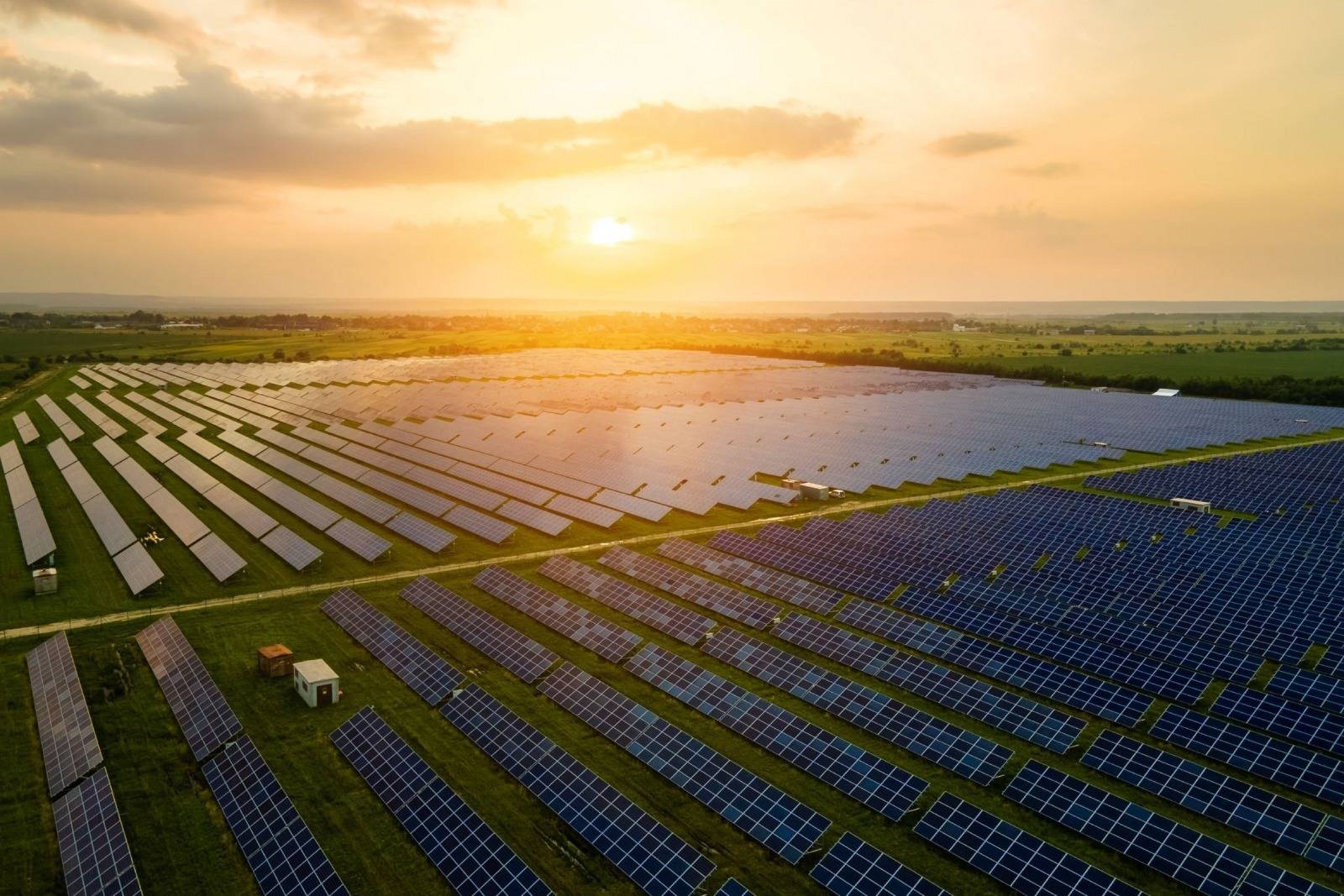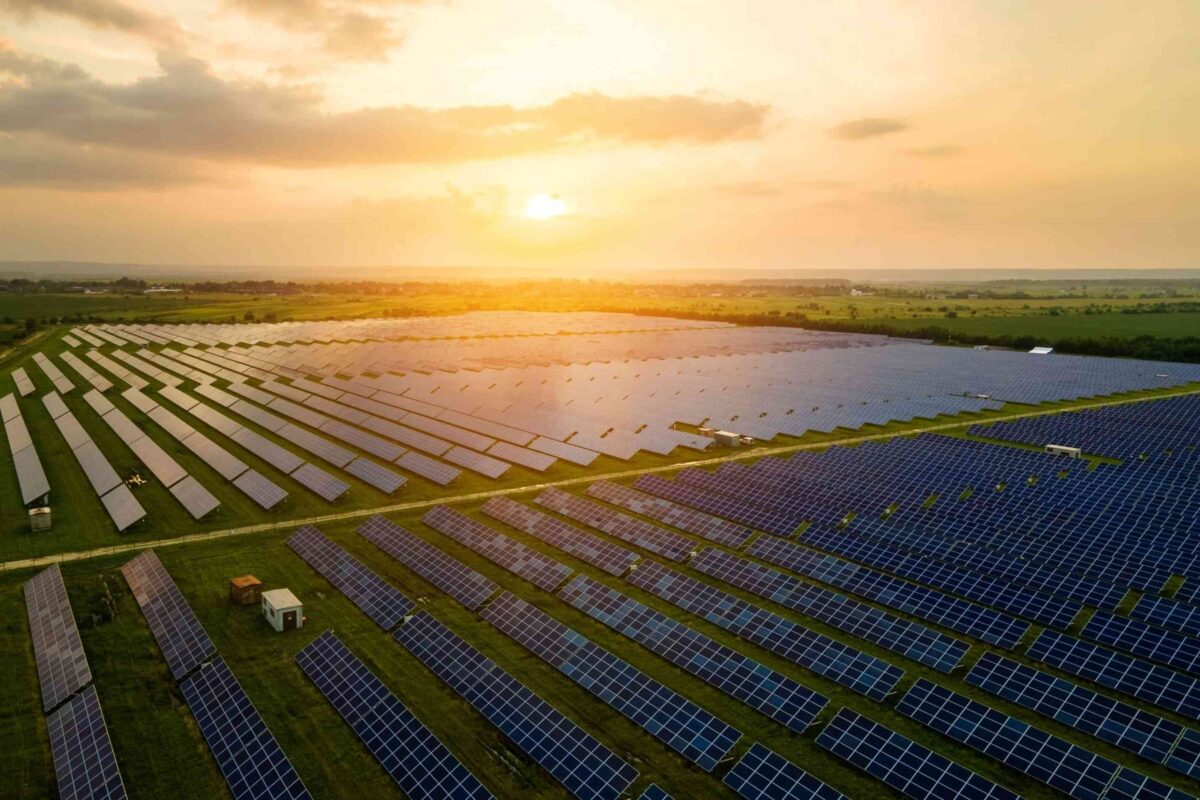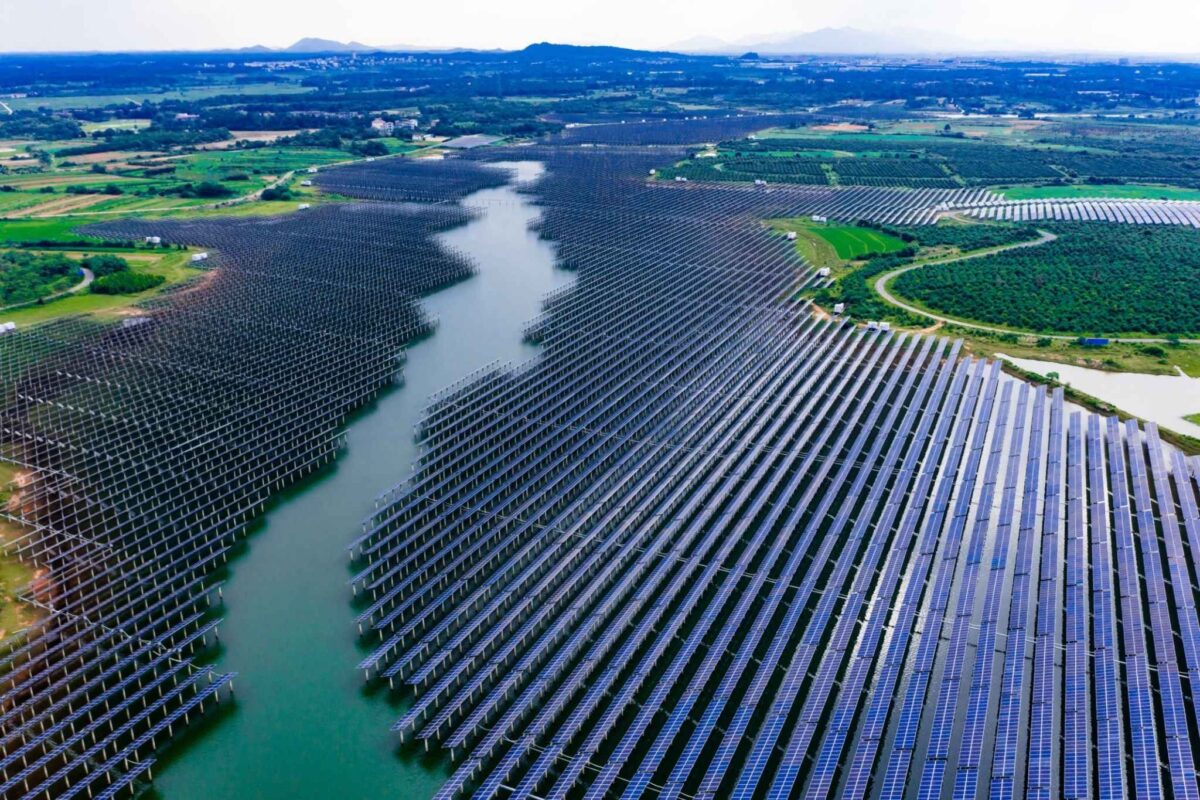Organic solar cells are a type of photovoltaic device that converts sunlight into electricity using organic materials as the primary active layer. Unlike traditional inorganic solar cells, which use silicon or other crystalline materials, organic solar cells use organic semiconductors to harvest sunlight and generate electrical current. This article will explore the working principle of organic solar cells, their advantages and limitations, and their potential applications in various industries.
Working Principle of Organic Solar Cells
Organic solar cells are based on the principle of the photovoltaic effect, which is the process by which photons (light particles) are absorbed by a material, and their energy is converted into electrical energy. The active layer of organic solar cells is typically made up of a blend of two or more organic materials, each with a different electron affinity. One of these materials acts as an electron donor, while the other acts as an electron acceptor.
When sunlight hits the active layer of the organic solar cell, some of the photons are absorbed by the organic molecules, exciting them to a higher energy level. This causes an electron to be transferred from the electron donor material to the electron acceptor material, creating a separation of charges. The electron donor becomes positively charged, while the electron acceptor becomes negatively charged.
The separated charges then flow through the device, generating an electrical current that can be used to power electronic devices or stored in a battery. The electrical current produced by organic solar cells is typically lower than that produced by inorganic solar cells, but the cost and environmental benefits of organic solar cells make them an attractive alternative.
Advantages of Organic Solar Cells
Organic solar cells offer several advantages over traditional inorganic solar cells. One of the main advantages is their low cost. Organic materials are cheaper to produce and process than inorganic materials, making organic solar cells more affordable for large-scale production. Organic solar cells are also lightweight and flexible, which makes them ideal for use in portable electronic devices, such as smartphones and tablets.
Another advantage of organic solar cells is their low environmental impact. Unlike inorganic solar cells, which require the use of toxic chemicals and high temperatures during manufacturing, organic solar cells can be produced using simple and environmentally friendly processes. The organic materials used in organic solar cells are also biodegradable, which means they can be easily disposed of without causing harm to the environment.

Limitations of Organic Solar Cells
While organic solar cells offer several advantages, they also have some limitations. One of the main limitations is their lower efficiency compared to inorganic solar cells. Organic solar cells typically have an efficiency of around 10%, while inorganic solar cells can have an efficiency of up to 20%. This means that organic solar cells are less effective at converting sunlight into electricity than their inorganic counterparts.
Another limitation of organic solar cells is their short lifespan. Organic materials are more prone to degradation and wear than inorganic materials, which means that organic solar cells have a shorter lifespan. This makes them less suitable for use in applications that require long-term stability, such as rooftop solar panels.
Applications of Organic Solar Cells
Organic solar cells have several potential applications in various industries. One of the main applications is in portable electronic devices, such as smartphones, tablets, and laptops. Organic solar cells can be used to power these devices, reducing their reliance on traditional batteries and making them more sustainable.
Organic solar cells can also be used in building-integrated photovoltaics (BIPV). BIPV involves integrating solar cells into the design of buildings, such as roofs, facades, and windows. Organic solar cells are lightweight and flexible, which makes them ideal for use in BIPV applications.
Another potential application of organic solar cells is in the field of wearable technology. Organic solar cells can be integrated into clothing and accessories, such as watches and bracelets, to provide a sustainable source of power. This could revolutionize the way we think about wearable technology, making it more environmentally friendly and reducing our reliance on traditional batteries.
In addition to these applications, organic solar cells also have potential in the automotive industry. Organic solar cells could be integrated into the roofs and windows of cars to provide a sustainable source of power for the car’s electrical systems. This could help to reduce the car’s reliance on traditional fuel sources and make it more sustainable.
Organic solar cells also have potential in the agricultural industry. They could be used to power irrigation systems and other agricultural equipment, reducing the industry’s reliance on traditional fuel sources and making it more sustainable. In addition, organic solar cells could be used to power remote monitoring systems, allowing farmers to monitor their crops and livestock more efficiently.
Finally, organic solar cells have potential in the field of space exploration. Organic solar cells could be used to power satellites and other spacecraft, reducing their reliance on traditional fuel sources and making them more sustainable. This could help to reduce the environmental impact of space exploration and make it more sustainable in the long term.
Conclusion
Organic solar cells are a promising alternative to traditional inorganic solar cells. They offer several advantages, including low cost, low environmental impact, and flexibility. However, they also have some limitations, including lower efficiency and shorter lifespan. Despite these limitations, organic solar cells have several potential applications in various industries, including portable electronic devices, building-integrated photovoltaics, wearable technology, the automotive industry, the agricultural industry, and space exploration. As technology continues to advance, it is likely that we will see even more applications for organic solar cells in the future.















